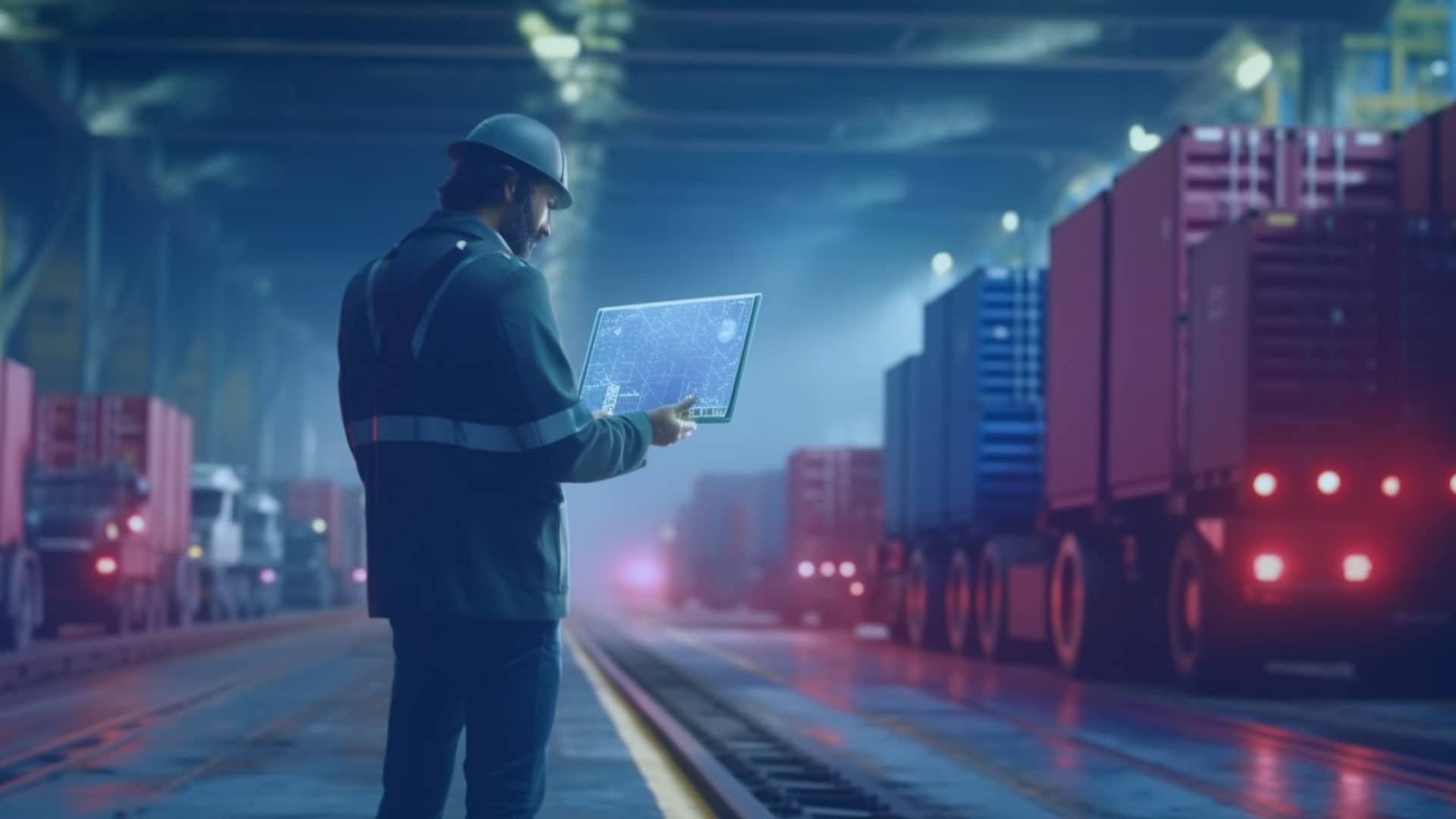Container Temperature Monitoring Solutions: The Latest Trends
Categorized as Blog Temperature Monitoring
In the rapidly evolving world of shipping and logistics, the importance of maintaining the right temperature for goods during transit cannot be overstated. This is where Container Temperature Monitoring Solutions come into play, revolutionizing the way we handle temperature-sensitive products. In this blog, we will delve into the trends, features, and benefits of these solutions, showcasing how they are transforming the industry.

The transportation of perishable goods, pharmaceuticals, and other temperature-sensitive products is a high-stakes operation. A slight deviation in temperature can lead to product spoilage, financial losses, and damage to brand reputation. Therefore, precise and real-time temperature monitoring is essential for maintaining product integrity from origin to destination.
Recent trends in container temperature monitoring reflect a growing emphasis on technology and data analytics. Advanced sensors and IoT (Internet of Things) integration are becoming commonplace, providing real-time data and insights. This technological leap not only ensures product safety but also enhances operational efficiency and reduces waste.
IoT-enabled smart containers are at the forefront of this transformation. Equipped with sensors, they continuously transmit temperature data, allowing for immediate corrective actions if necessary. This innovation ensures a constant, optimal environment for the cargo, regardless of external conditions.
Data analytics plays a pivotal role in temperature monitoring solutions. By analyzing historical and real-time data, logistics companies can predict and prevent potential issues before they arise. Predictive maintenance, powered by AI, can anticipate equipment failures, ensuring the uninterrupted functioning of cooling systems.
Our Container Temperature Monitoring Solution stands out with its unique features designed for the modern logistics landscape:
Receive instant alerts in case of temperature deviations. Our system allows for remote monitoring, giving you control and visibility over your shipments at all times.
Our sensors are designed for the long haul. With extended battery life and robust construction, they withstand the rigors of transportation, ensuring continuous operation.
Ease of use is central to our design. The interface is intuitive, enabling quick access to data and insights, even for those with minimal technical expertise.
Maintaining the right temperature is critical for product safety. Our solution ensures that your goods remain within the desired temperature range throughout their journey.
By reducing spoilage and waste, our solution directly contributes to cost savings. Efficient temperature management translates into fewer losses and increased profitability.
Our system aids in regulatory compliance, providing accurate and detailed reports for auditing and quality control purposes.
Minimizing waste also means a smaller carbon footprint. By optimizing resource use, our solution contributes to more sustainable logistics practices.
The role of analytics and AI in enhancing the efficiency of container temperature monitoring is a significant advancement in supply chain and logistics management. These technologies bring a new level of sophistication to the monitoring process, allowing for more accurate, predictive, and responsive management of temperature-sensitive shipments. Here’s a detailed look into how analytics and AI contribute to this field:
Container Temperature Monitoring Solutions have versatile applications across various industries. These solutions are particularly crucial in sectors where maintaining specific temperature ranges during transportation is vital for the quality, safety, or compliance of the products. Here’s an overview of some key industries where these solutions are extensively used:
In all these industries, Container Temperature Monitoring Solutions provide vital support in ensuring product integrity, safety, regulatory compliance, and overall quality throughout the transportation process.
Container Temperature Monitoring Solutions are not just a trend; they’re a necessity in the modern world of logistics. By embracing these innovative technologies, businesses can ensure the safety of their products, optimize operations, and move towards a more sustainable future. Our solution, with its advanced features and user-friendly design, is poised to lead this charge, offering unmatched reliability and efficiency in temperature monitoring.
As we look ahead, the importance of temperature monitoring in shipping and logistics will only grow. Staying abreast of trends and adopting cutting-edge solutions like ours will be key to success in this dynamic industry. Join us in embracing the future of container temperature monitoring, where precision, efficiency, and sustainability go hand in hand.




